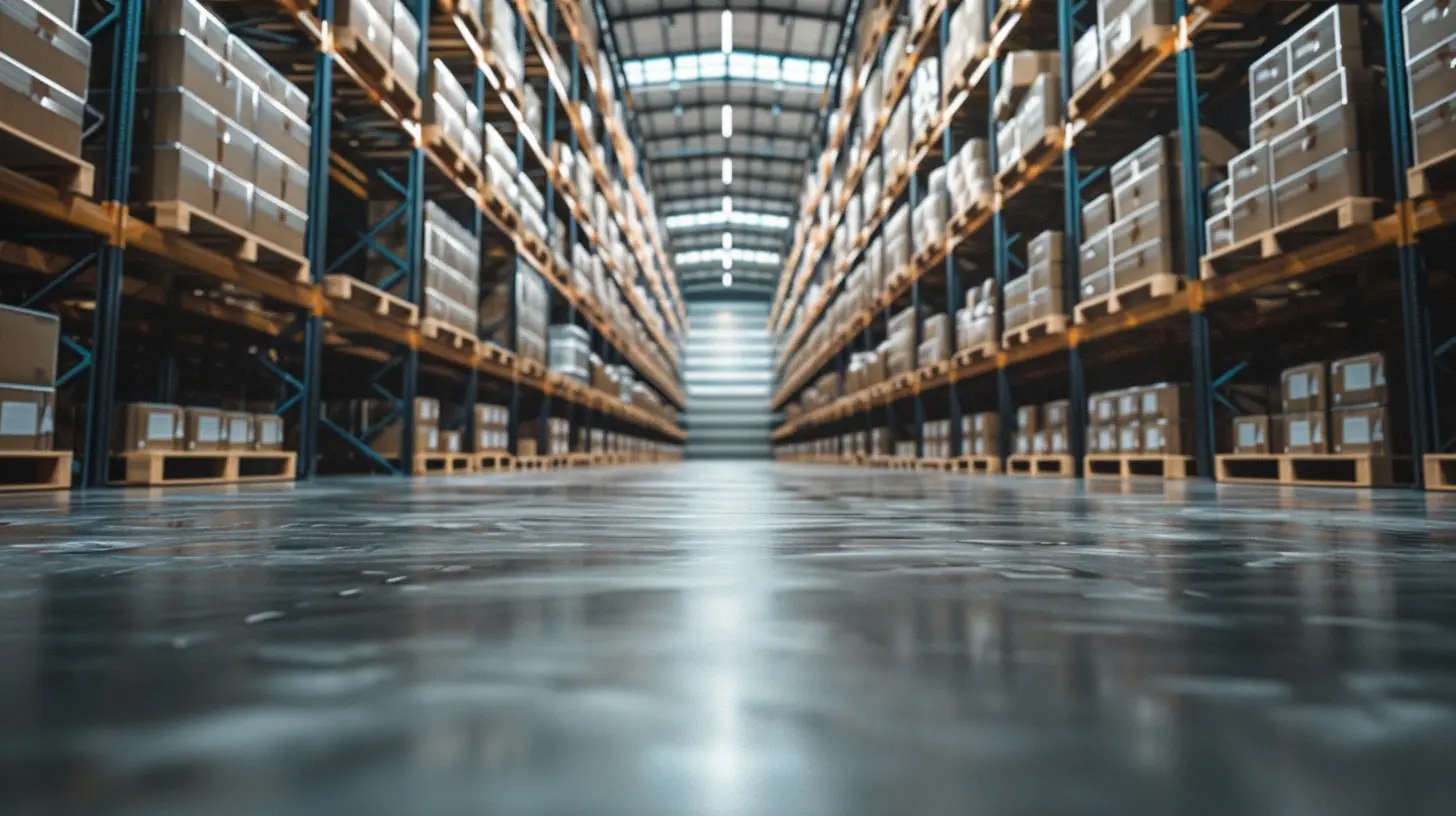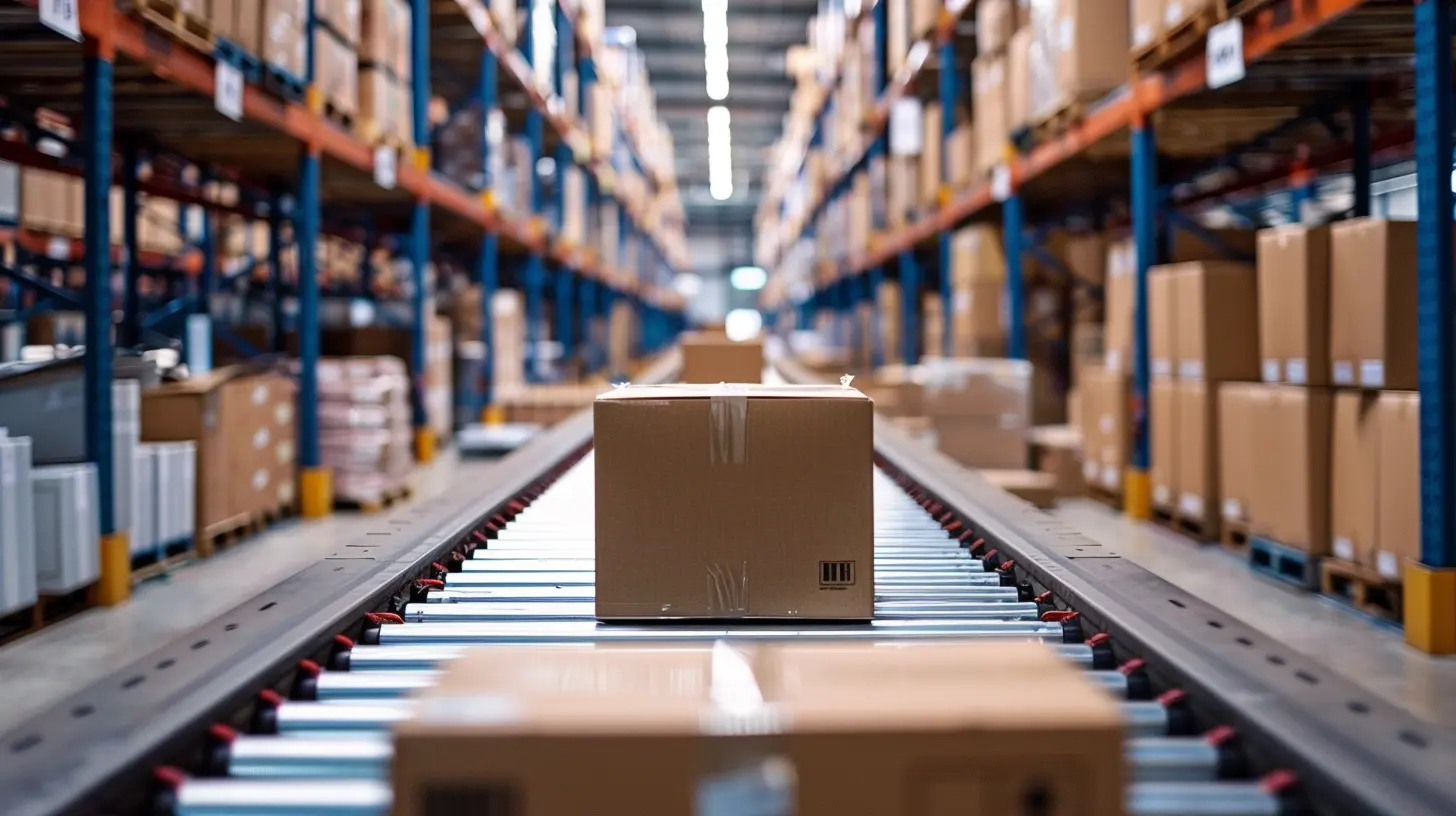15 January 2025
Ever feel like managing a supply chain is like juggling flaming torches while balancing on a tightrope? You’re not alone. Businesses everywhere are walking the fine line between satisfying customer demands and keeping costs in check. A cost-conscious supply chain is the secret sauce every business needs to thrive, especially in today’s unpredictable economy where unexpected disruptions can throw everything out of whack.
But how do you streamline your supply chain without compromising quality or customer satisfaction? In this article, we’ll explore actionable strategies for creating a supply chain that’s both efficient and budget-friendly. Ready? Let’s dive in!
Why Is a Cost-Conscious Supply Chain So Important?
Think of your supply chain as the backbone of your business. It’s what keeps everything running smoothly—from sourcing raw materials to delivering finished products to your customers. But here’s the kicker: an inefficient supply chain can drain your resources faster than a leaky faucet. Higher costs, wasted time, and missed opportunities can clip your wings before you even take off.A cost-conscious supply chain doesn’t just save money—it enhances your competitive edge. Imagine being able to offer competitive pricing, speedier deliveries, and better customer service than your rivals. Sounds like a dream, right? Well, it’s a dream that can come true if you implement the right strategies.
1. Map Out Your Current Supply Chain
Before you start trimming the fat, you need to know where it is. Sit down and map out every step in your current supply chain. Think of it like doing a financial audit, but for logistics.Questions to Ask Yourself:
- Where are the bottlenecks?- Are there redundant processes?
- Which steps are costing the most?
This bird's-eye view helps you identify inefficiencies and spot areas ripe for cost-cutting. For example, perhaps your inventory system is outdated, or maybe you’re paying too much for expedited shipping. Identifying these gaps gives you clarity on where to start. 
2. Leverage Technology for Efficiency
Let’s face it—managing a supply chain manually is like trying to catch fish with your bare hands. Why struggle when there are fantastic tools out there designed specifically for this?Supply Chain Management Software
Investing in robust supply chain management (SCM) software can work wonders for your efficiency. Tools like SAP, Oracle SCM, or even smaller players like TradeGecko can automate inventory management, track shipments, and even predict demand spikes.Benefits of Technology:
- Data-Driven Decisions: With real-time data at your fingertips, you can make smarter, faster decisions.- Reduced Errors: Automation cuts down on human error. (Goodbye, costly mistakes!)
- Improved Communication: Cloud-based platforms ensure everyone in the chain stays on the same page.
Don’t think of technology as an expense—it’s an investment that pays for itself by significantly reducing inefficiencies. 
3. Negotiate Like a Pro with Suppliers
Your suppliers are your partners, not adversaries. But let’s be real—it’s a business relationship, so it’s okay to negotiate. If you’re not periodically revisiting your supplier agreements, you’re probably leaving money on the table.Tips for Negotiating:
- Leverage Bulk Orders: If you’re buying in large quantities, ask for discounts.- Get Quotes from Multiple Suppliers: Use these quotes as bargaining chips to get the best deal.
- Establish Long-Term Partnerships: Suppliers are more likely to give favorable terms to consistent, reliable buyers.
Pro Tip: Don’t just look at the sticker price. Consider factors like reliability, delivery times, and quality. A cheap supplier who misses deadlines will cost you more in the long run.
4. Optimize Your Inventory Management
Let’s be honest—how much of your inventory is sitting there gathering dust? Holding too much stock ties up capital and increases storage costs. On the flip side, having too little inventory can lead to stockouts, unhappy customers, and missed sales opportunities.Best Practices for Inventory Optimization:
- Adopt Just-in-Time (JIT) Inventory: Only stock what you need when you need it.- Use ABC Analysis: Categorize items into A (high-value), B (moderate-value), and C (low-value) to prioritize your resources effectively.
- Monitor Demand Fluctuations: Seasonal trends and market shifts can greatly impact inventory requirements. Stay ahead of the game.
Think of inventory as Goldilocks—you want just the right amount, not too much or too little.
5. Embrace Local Sourcing
Sure, importing from overseas can sometimes be cheaper upfront, but those savings can evaporate once you factor in shipping, tariffs, and potential delays (hello, supply chain disruptions!). If possible, consider sourcing locally.Benefits of Local Sourcing:
- Reduced Shipping Costs: Shorter distances mean lower transportation costs.- Faster Delivery Times: Get your materials or products quicker.
- Support Local Economy: It’s a win-win for you and your community.
Local isn’t always an option for every business, but when it is, it’s worth exploring.
6. Focus on Sustainability
Being cost-conscious doesn’t mean cutting corners, especially when it comes to sustainability. Today’s consumers are savvy, and they want to spend their money with businesses that care about the planet. Plus, sustainability initiatives can also save you money in the long term.Sustainable Practices:
- Switch to Reusable Packaging: Cut down on waste and save on materials.- Optimize Delivery Routes: Reduce fuel consumption and transportation costs.
- Partner with Eco-Friendly Suppliers: Many are willing to share cost savings for sustainable practices.
Going green isn’t just good for Earth—it’s good for your bottom line.
7. Monitor Performance Metrics Religiously
Ever heard the saying, “You can’t improve what you don’t measure”? It applies perfectly to supply chains. Keeping tabs on Key Performance Indicators (KPIs) ensures you’re always one step ahead.Crucial Supply Chain KPIs:
- Order Accuracy Rate: Measures if the right products are reaching the customer.- Inventory Turnover: Reveals how quickly you’re selling and replenishing stock.
- Transport Cost Per Unit: Tracks your shipping costs relative to your sales.
Regularly reviewing these metrics helps you identify what’s working and what’s not. It’s like having a GPS for your supply chain strategy.
8. Build a Resilient Supply Chain
Cost-conscious doesn’t mean cheap. It means smart. A truly effective supply chain isn’t just lean; it’s also resilient. After all, what’s the point of saving money if you’re unprepared for disruptions like natural disasters, pandemics, or supplier shutdowns?Strategies for Resilience:
- Diversify Suppliers: Don’t put all your eggs in one basket.- Maintain Safety Stock: A small buffer inventory can be a lifesaver during unforeseen demand spikes.
- Conduct Risk Assessments: Identify potential vulnerabilities and have contingency plans in place.
Think of it as building a safety net—just in case life throws a curveball.
9. Continuously Improve and Adapt
The business world is evolving faster than ever. What worked yesterday may not work tomorrow. That’s why it’s crucial to stay adaptable and continuously seek improvement in your supply chain processes.How to Foster Continuous Improvement:
- Solicit Feedback: Talk to your team and suppliers. They often have insights you might overlook.- Stay Updated on Industry Trends: Read blogs, attend webinars, and keep an eye on competitors.
- Test and Tweak: Don’t be afraid to experiment with new tools or strategies.
Remember, creating a cost-conscious supply chain isn’t a one-and-done deal—it’s an ongoing journey.
Final Thoughts: Let’s Get Cost-Conscious
Creating a cost-conscious supply chain may seem daunting at first, but it's not rocket science. With a bit of planning, technology, and a proactive approach, you can transform your supply chain into a lean, efficient machine. The key is to prioritize efficiency without sacrificing quality and to remain flexible to adapt to challenges along the way.So, roll up your sleeves, dive into your supply chain, and start making those smart, cost-conscious moves. Your bottom line—and your customers—will thank you!












Anna Becker
“Penny pinching never looked so good!”
February 6, 2025 at 6:01 AM